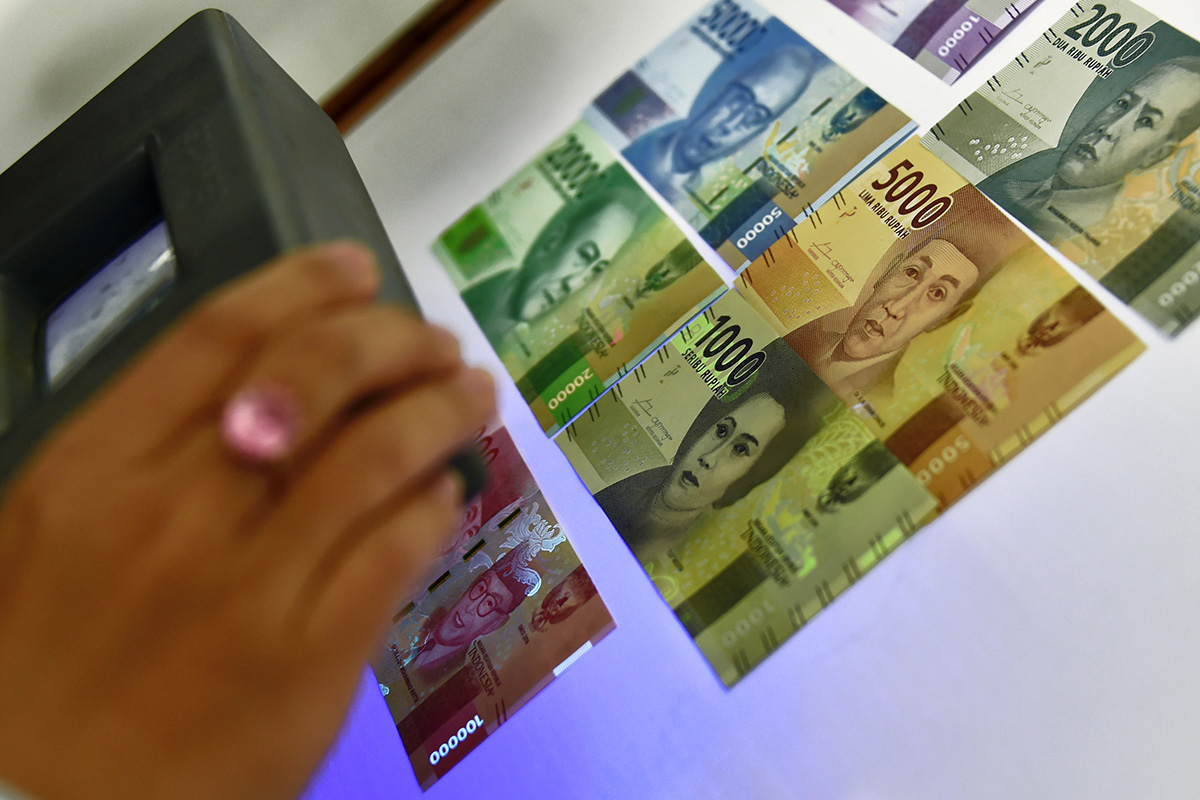As central banks around the globe get ready to pull the trigger on interest rates, Southeast Asia’s biggest economy is in no rush to do the same.
After reducing interest rates eight times since the beginning of last year, most recently in August and September, it’s unclear how Bank Indonesia will proceed next year: economists are split on whether policy makers will hike, keep rates unchanged or ease some more.
“Strong growth and higher inflation, coupled with continued Fed rate hikes, should push most regional central banks, including Bank Indonesia, to raise rates in 2018,” said Andrew Tilton, chief Asia-Pacific economist at Goldman Sachs Group Inc. in Hong Kong, who is predicting two increases next year, starting in the third quarter.
For others, like Bank of America Merrill Lynch’s Mohamed Faiz Nagutha, a rate cut may be on the cards in 2018, given a subdued inflation outlook. While it wouldn’t be an easy decision for policy makers, if financial markets are stable “we think BI will be very open to cut,” he said.
For now, economists predict policy makers will sit tight, with all 19 economists surveyed by Bloomberg expecting Governor Agus Martowardojo and his board to keep the benchmark rate unchanged at 4.25 percent on Thursday.
Here are some key points to watch in the statement:
Low Inflation
Consumer prices rose at the slowest pace in almost a year in November, gaining 3.3 percent from a year ago. Bank Indonesia is expecting a further deceleration in inflation next year, having cut its target band to between 2.5 percent to 4.5 percent from 3 percent to 5 percent this year.
Bank Indonesia Assistant Governor Dody Budi Waluyo said last week that policy makers would remain focused on managing inflation so that it remains “as low as possible” to help bolster consumer spending. At the same time, they are also closely watching for any financial market impact from higher global interest rates.
Fed Hikes
Indonesian policy makers will meet hours after the Fed decided Wednesday to raise the benchmark lending rate by a quarter percentage point to a target range of 1.25 percent to 1.5 percent. The Bank of England and European Central Bank will also announce policy decisions on Thursday.
Fed tightening may boost the dollar, putting pressure on emerging-market currencies such as the rupiah. The currency has already weakened 0.7 percent against the dollar this year, among the worst performers in Asia.
The World Bank said in its quarterly report released on Thursday that faster-than-expected Fed rate increases could spark volatility and lead to sudden capital outflows in emerging markets, including Indonesia. That could trigger a sharp increase in borrowing costs, it said.
The central bank will probably keep interest rates steady for now while monitoring financial market developments, said Gundy Cahyadi, an economist at DBS Group Holdings Ltd. in Singapore. He predicts a rate increase in the fourth quarter of 2018, bringing the policy rate back to 5 percent by mid-2019.
Growth Outlook
Despite the interest rate cuts, consumer spending and loan growth have been subdued this year, keeping the economy’s expansion capped around 5 percent. The central bank has lowered its target for loan growth for this year to 8 percent to 10 percent. Credit rose 7.9 percent in September from a year ago, official figures show.
The government is forecasting economic growth of 5.4 percent in 2018, which would be the fastest pace in five years. – Bloomberg
Recommended stories:
